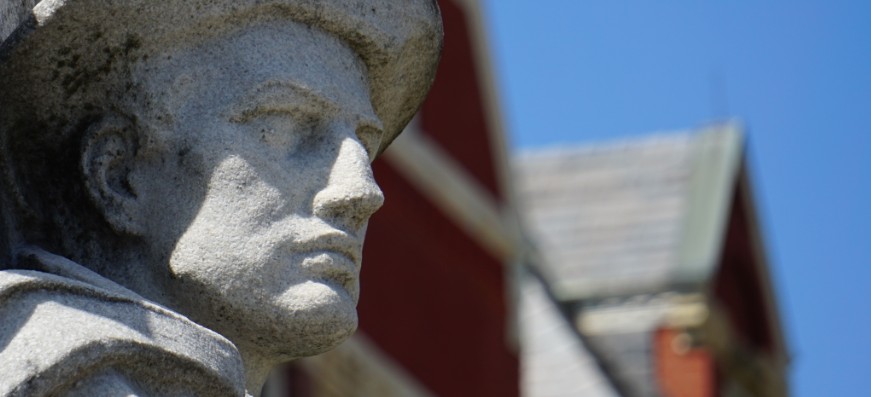
A federal judge recently dismissed a class action lawsuit against The Estée Lauder Companies and one of its affiliates. This case involved allegations that these entities violated the Illinois Biometric Information Privacy Act (BIPA).
Background of the Case
Plaintiffs represented a proposed class and accused defendants of three distinct violations of BIPA. The dispute centered on the use of a virtual try-on tool that one of defendants had licensed to Estée Lauder which enabled customers to virtually test cosmetic products on brand websites. Plaintiffs claimed that they were not adequately informed about the capture and use of their biometric data, including facial mapping and facial geometry. They argued that there was a failure to provide clear consent and privacy policies regarding biometric data.
What BIPA Says
The law governs private entities’ collection, use, and storage of biometric identifiers and information. Plaintiffs contended that defendants did not comply with these requirements, specifically in failing to obtain written consent and establishing proper retention and destruction policies for biometric data.
What the Court Said
The court’s decision to dismiss the case hinged on plaintiffs’ inability to demonstrate that defendants used the biometric data in a manner that could identify individuals. The court referenced similar cases where allegations were dismissed due to the lack of plausible claims connecting biometric data collection with the capability to identify individuals.
The court found that plaintiffs did not provide sufficient factual allegations to establish that defendants could identify individuals using the facial scans. It compared other cases where claims were either dismissed or upheld based on the presence or absence of plausible allegations of identification capability. The case was dismissed without prejudice, meaning plaintiffs were given the opportunity to file an amended complaint by a specified date.
What It Means
This decision highlights the importance of clear legal standards for biometric data usage and the challenges plaintiffs face in proving violations under BIPA. It also underscores the need for companies to be transparent and compliant with privacy laws when implementing innovative technologies.
Castelaz v. The Estee Lauder Companies, Inc. et al., 2024 WL 136872 (N.D. Illinois, January 10, 2024)
See also:

